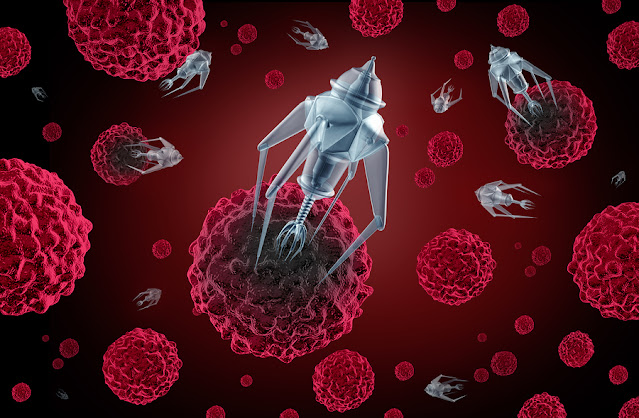Polystyrene Foam: An Essential Component Across Industries
 |
| Polystyrene Foam |
Raw Material Sourcing and Production Process
Polystyrene foam, also known as Styrofoam, is produced from styrene monomer
which is derived from oil and natural gas. The production process involves
polymerization of styrene monomer to produce polystyrene beads which are then
expanded with pentane or other gases to create foam. The beads expand 30-60
times their original size during the foaming process to form the lightweight,
insulated structure of Styrofoam. Extruded and molded varieties are also
manufactured for specific applications.
Applications in Packaging
Packaging represents one of the largest uses of Styrofoam globally. Its shock
absorption and insulation properties make it ideal for protecting fragile goods
during shipping. Common packaging applications include protective cushions and
liners for electronics, medical and lab equipment, glassware, art and antiques.
Foam peanuts and foam sheets are popular void fill solutions used to prevent
shifting during transportation. Its water resistance and buoyancy also make
Styrofoam useful for packaging marine equipment, fishing bait and other
moisture-sensitive items.
Insulation in Construction
Another major market is building insulation where Styrofoam boards are broadly
utilized. Their high R-value per inch of thickness provides effective thermal
insulation for walls, roofs, foundations and other structures. Polystyrene
Foam sheathing can contribute to energy efficiency by reducing heat
transfer. Pre-formed insulation boards are commonly installed between framing
during new construction. They are also available in rigid panels for
retrofitting existing buildings. Its moisture resistance and durability ensure
longevity over the typical building lifespan.
Disposable Food Service Products
Expanded and extruded foam finds extensive use in disposable food packaging,
serving and storage. Hot and cold beverage cups, takeout containers, plates and
trays dominate this segment. Its heat resistance allows packaging hot foods
while preventing moisture condensation on the exterior. Polystyrene foodservice
products are lightweight, inexpensive and can be printed or thermoformed for
branding purposes. Their impact resistance keeps contents protected during
transportation from retailers to consumers. However, there is an ongoing debate
around these products becoming litter.
Cooler and Warmer Manufacturing
Another major manufacturing sector utilizing Styrofoam is coolers and warmers.
Thick insulation using expanded foam sheets and panels efficiently regulates
temperatures inside coolers, picnic baskets and insulated carrying bags. The
same material performs well for hot or cold food delivery containers.
Rotomolded polystyrene coolers are durable, leakproof and buoyant for boating,
fishing and outdoor recreation use cases. Several competitors have emerged with
eco-friendly alternative insulation options in efforts to reduce plastic
pollution from this category.
Medical Applications
Within the medical industry, Styrofoam finds diverse applications from
manufacture of disposable cutlery and trays to specialized medical packaging.
Its sterilization tolerance lends itself for single-use surgical tools,
syringes and labware. Foam cushions protect medical equipment and artificial
joints during shipping. Insulated shipping containers maintain temperatures for
transporting lab specimens, vaccines and temperature-sensitive samples.
Continual innovation has expanded its use in prosthetics manufacturing as a
lightweight alternative to heavier plastic materials.
Alternatives and Sustainability Challenges
While providing excellent functionality, polystyrene foam has come under
increased scrutiny for its environmental impact. Most problematic is its
non-biodegradability which leads to plastic litter Pollution. Photodegradation
breaks it down into smaller particles but not on an industrial timescale.
Municipal solid waste streams show significant Styrofoam contamination which is
difficult and costly to remove. There is growing demand from consumers and
regulators for sustainable alternatives to reduce plastic pollution in the
environment. Biodegradable starch-based foams and recycled paper foams show
promise but high costs remain a barrier to widespread adoption. Product
designers continue exploring new innovations to decrease reliance on disposable
plastic foam products.
Polystyrene foam technology has enabled diverse consumer and
industrial applications through its lightweight insulating properties and cost
effectiveness. However, sustainability challenges posed by non-degradability
drive transformation towards biodegradable and recycled content alternatives.
Innovation across the value chain will be critical to reduce plastic pollution
while meeting performance needs of the modern economy.
Get
more insights on – Polystyrene
Foam
About Author:
Money Singh is a seasoned content writer with over
four years of experience in the market research sector. Her expertise spans
various industries, including food and beverages, biotechnology, chemical and
materials, defense and aerospace, consumer goods, etc. (https://www.linkedin.com/in/money-singh-590844163)



Comments
Post a Comment